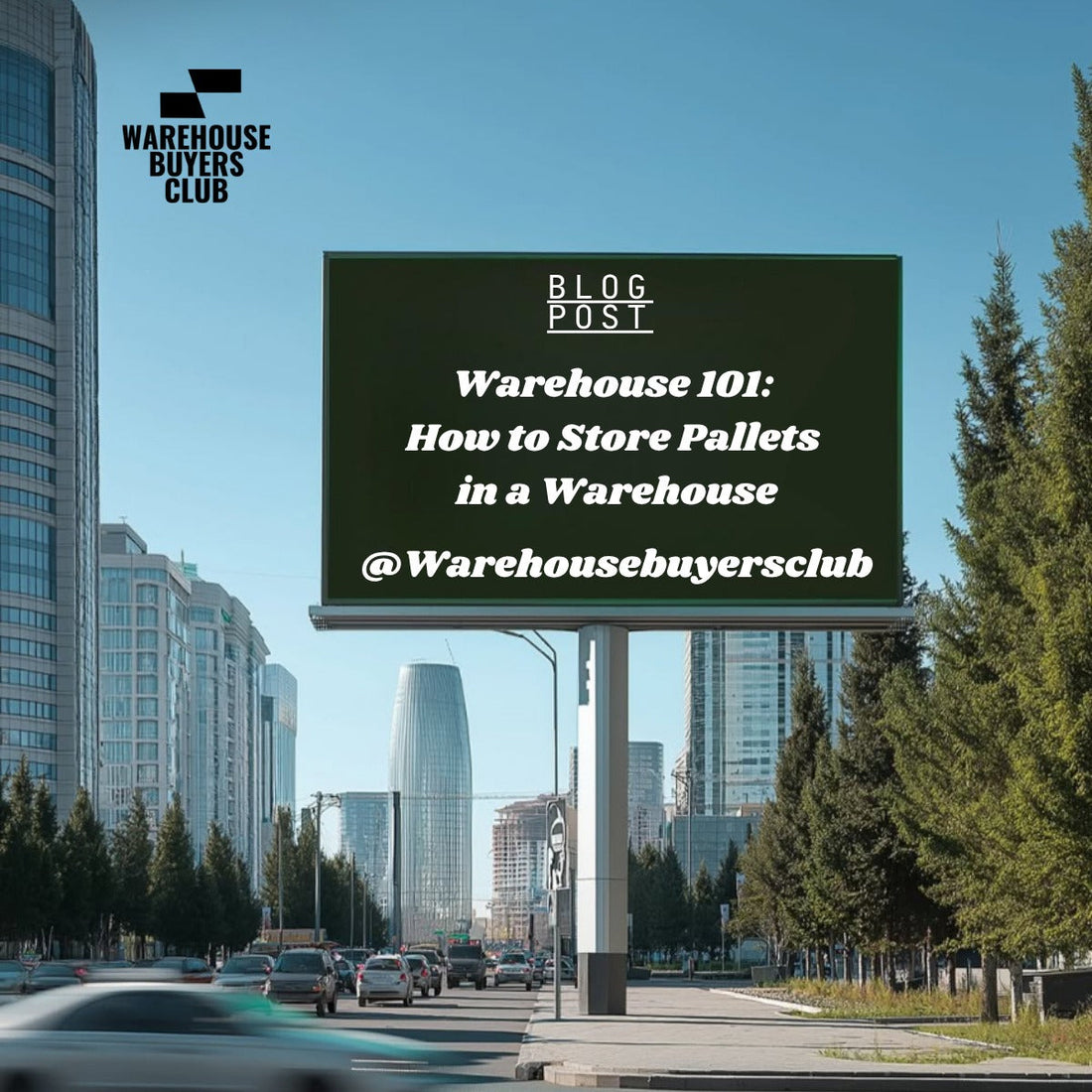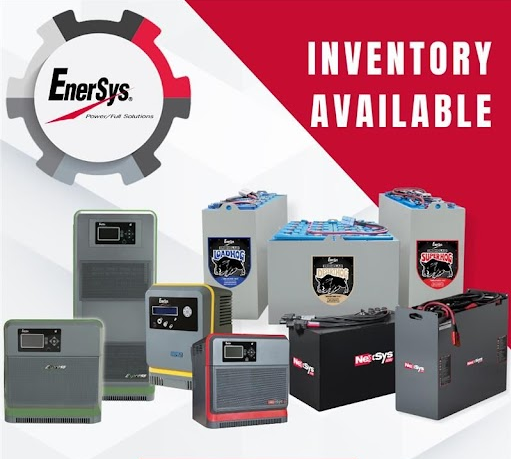Warehouse 101: How to Store Pallets in a Warehouse
By Jeff Hillen, CEO – Warehouse Buyers Club
If there’s one question I get asked almost weekly by warehouse operators, it’s this:
“Jeff, what’s the best way to store pallets?”
And as with most things in this business, my answer is: It depends.
Choosing how to store pallets in your warehouse is about more than just stacking boxes—it’s about efficiency, safety, cost, and how fast you need to move product. Over the years, I’ve seen companies waste thousands of dollars (and square footage) by not aligning their storage method with their operation.
So let’s break down the main ways to store pallets and what’s right for your warehouse.
1. Bulk Stacking (Floor Storage)
Sometimes referred to as floor stacking, this is the simplest and most budget-friendly method. You just stack pallets directly on the warehouse floor, often in blocks or rows.
Benefits:
-
Lowest cost – No racking required, so upfront investment is minimal.
-
Flexibility – Easy to rearrange space or store odd-shaped goods.
-
Fast to set up – Great for temporary storage or staging areas.
Negatives:
-
Inefficient use of space – You’re limited to how high you can stack (typically 2–4 pallets depending on weight and stability).
-
Poor selectivity – If you need the pallet in the back or on the bottom, you’re moving a lot of product to get to it.
-
Higher risk of product damage – Especially if stacks are unstable or mishandled.
Best for: Warehouses with low SKU counts, slow-moving inventory, or seasonal overflow.
2. Selective Pallet Racking
This is the most common racking system in North American warehouses. Each pallet has its own dedicated spot and can be accessed directly by a forklift.
Benefits:
-
Great selectivity – Every pallet is accessible without moving another.
-
Good vertical storage – You can take advantage of high ceilings.
-
Scalable – Easy to expand or reconfigure as your needs grow.
Negatives:
-
Higher initial cost – You’ll need to invest in racking systems and layout design.
-
Lower storage density – Compared to other racking types like drive-in or push-back.
Best for: High SKU operations, fast-moving inventory, or any warehouse needing easy access to all pallets.
3. Drive-In / Drive-Through Racking
Here, pallets are stored in lanes, and forklifts actually drive into the racking system to retrieve or place pallets. This works well for high-volume, low-SKU applications.
Benefits:
-
High density – Maximizes cube utilization.
-
Great for batch storage – Perfect for storing many pallets of the same product.
Negatives:
-
Limited selectivity – First-in, last-out (FILO) storage limits flexibility.
-
Higher risk of forklift damage – Operators need to be well-trained.
Best for: Cold storage, food & beverage, or operations with deep-lane, same-SKU pallet loads.
4. Push-Back Racking
This racking system uses carts or rails that allow pallets to be pushed back as new ones are added. It operates on a last-in, first-out (LIFO) basis.
Benefits:
-
Good density with better selectivity – More efficient than floor stacking and faster than drive-in.
-
Minimizes forklift travel – Pallets are loaded and unloaded from the same side.
Negatives:
-
More complex system – Higher cost and more moving parts.
-
Not ideal for FIFO operations – You can’t easily rotate stock.
Best for: Manufacturing staging areas, or operations with fewer SKUs and high turnover.
5. Pallet Flow (Gravity Flow) Racking
This system uses rollers and a slight pitch to allow pallets to “flow” forward as others are removed. It’s ideal for FIFO inventory.
Benefits:
-
Excellent FIFO control – Ideal for perishable goods or date-sensitive items.
-
Very high density – Minimal aisle space required.
-
High throughput – Great for fast-moving product lines.
Negatives:
-
High upfront cost – Most expensive option to implement.
-
Requires uniform pallets – Not ideal for mixed-size or irregular pallet loads.
Best for: Grocery, pharmaceuticals, or operations with a strict FIFO requirement.
Final Thoughts from the Floor
When it comes to storing pallets, there’s no one-size-fits-all answer. The right method depends on your product mix, inventory turns, space constraints, and how your team operates. Don’t underestimate how much a poorly planned storage system can hurt your efficiency and bottom line.
If you're not sure where to start, we can help you conduct a warehouse walk-through or layout consultation. At Warehouse Buyers Club, we’ve helped dozens of operations—big and small—upgrade their storage strategy without blowing the budget.
Got questions? Reach out. We’re here to make the complex simple.
– Jeff Hillen
CEO, Warehouse Buyers Club




